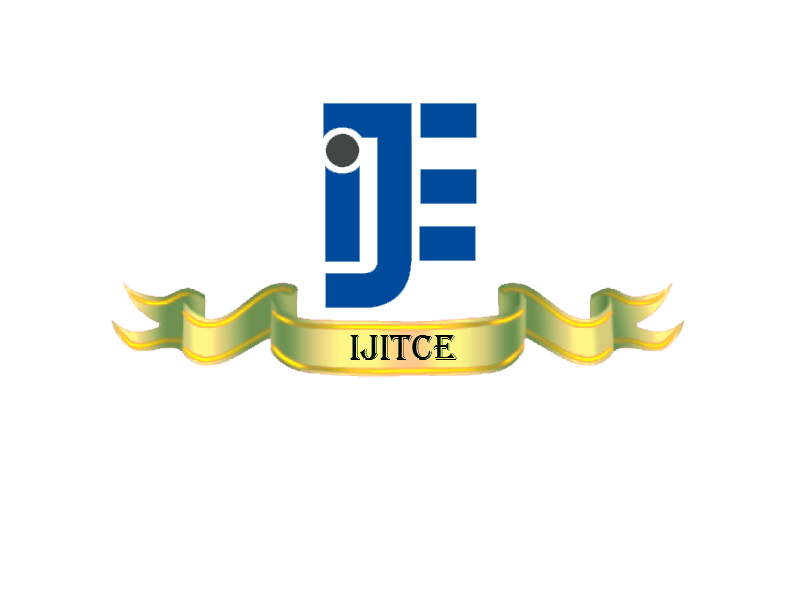October 2012 Issue Vol.2 No.10
Experimental Investigation and optimization of Material Removal Rate on Electric Discharge Machine for EN-19 Alloy Steel
Manish Vishwakarma1*, Vishal Parashar1, V.K.Khare1 1Mechanical Engineering Department,M.A.N.I.T,Bhopal-51 (India)Abstract: In this study, experiments were performed to determine parameters effecting Material Removal rate (MRR) along with performance measurement analysis with respect to respect to input machining parameters. Experimental work was conducted on EN-19 alloy steel with Copper as tool electrode and EDM oil as dielectric fluid. The data observed during experimentation has been used to yield responses in respect of material removal rate (MRR). The objective of this paper is to study the influence of operating input parameters of copper electrode on material removal rate of EN-19 material followed by optimization for confirmation test purpose. The effectiveness of EDM process with copper electrode is evaluated in terms of the material removal rate. In this work the influence of the parameters such peak current, voltage gap, pulse on time, duty cycle and flushing pressure. Material removal rate (MRR) in this experiment was calculated by using mathematical method. The result of the experiment then was collected and analyzed using Minitab software. This was done by using the response surface method and Anova analysis.
Keywords: Material Removal Rate, Response Surface Methodology, Regression.
Autonomous Navigation by Robust Scan Matching Technique
D. Banerji1, R. Ray2, J. Basu3, I. Basak41,2Scientist, CSIR-Central Mechanical Engineering Research Institute, Durgapur, India
3Professor, Mechanical Engineering Dept., Birbhum Institute of Technology, India
4Professor, Mechanical Engineering Dept., National Institute of Technology, Durgapur, India
Abstract: For effective autonomous navigation, estimation of the pose of the robot is essential at every sampling time. For computing an accurate estimation, odometric error needs to be reduced with the help of data from external sensor. In this work, a technique has been developed for accurate pose estimation of mobile robot by using Laser Range data. The technique is robust to noisy data, which may contain considerable amount of outliers. A grey image is formed from laser range data and the key points from this image are extracted by Harris corner detector. The matching of the key points from consecutive data sets have been done while outliers have been rejected by RANSAC method. Robot state is measured by the correspondence between the two sets of keypoints. Finally, optimal robot state is estimated by Extended Kalman Filter. The technique has been applied to an operational robot in the laboratory environment to show the robustness of the technique in presence of noisy sensor data. The performance of this new technique has been compared with that of conventional ICP method. Through this method, effective and accurate navigation has been achieved even in presence of substantial noise in the sensor data at the cost of a small amount of additional computational complexity.
Keywords: Autonomous Navigation, Laser data, Scan Match, Kalman Filter
